Supply Chain Report – 10/07/2025
The U.S. government has announced that a 25% tariff will be applied to all medium- and heavy-duty trucks imported into the United States beginning November 1, 2025. The policy, introduced by President Donald Trump, marks a significant shift in U.S. trade strategy aimed at supporting domestic truck manufacturers and reducing dependence on foreign-made vehicles.
According to the administration, the measure is intended to enhance the competitiveness of American truck producers by countering what it describes as “unfair outside competition.” The move is expected to benefit U.S.-based companies such as Peterbilt and Kenworth, both owned by Paccar, and Freightliner, which operates under Daimler Truck. These firms represent a major portion of America’s heavy truck production capacity and play a key role in the country’s logistics and infrastructure industries.
The new 25% tariff will apply to a wide range of large vehicles, including delivery trucks, garbage trucks, utility service vehicles, transit and school buses, tractor-trailers, and semi-trucks. Under current trade agreements, the U.S. imposes a 15% tariff on light-duty vehicles imported from Japan and the European Union. However, it remains unclear whether these agreements will also apply to the larger vehicle segment.
Industry groups and trade experts have noted that the change could have significant implications for global supply chains, especially for manufacturers that operate in multiple countries. The U.S. Chamber of Commerce previously cautioned the administration against imposing new truck tariffs, arguing that such measures could strain trade relations with close partners. The Chamber highlighted that the top five import sources—Mexico, Canada, Japan, Germany, and Finland—are all strategic allies and key contributors to the U.S. automotive industry.
Mexico, in particular, is expected to be the most affected by the new policy. The country is currently the largest exporter of medium- and heavy-duty trucks to the United States. According to a government report released earlier this year, imports of larger trucks from Mexico have tripled since 2019, reaching approximately 340,000 vehicles in 2025. Under the United States-Mexico-Canada Agreement (USMCA), such vehicles have traditionally entered the U.S. tariff-free if at least 64% of their value is derived from North American content, including parts such as engines, axles, and raw materials like steel.
Mexico’s government has expressed its opposition to the tariff, emphasizing that the average truck exported to the U.S. already contains around 50% American-made components, including diesel engines. In 2024 alone, the U.S. imported roughly $128 billion worth of heavy vehicle parts from Mexico, representing about 28% of total imports in that category.
Industry stakeholders are voicing concerns that the new tariffs could disrupt existing supply chains and increase costs for businesses and consumers. Automakers such as Stellantis, the parent company of Chrysler, which manufactures heavy-duty Ram trucks and commercial vans in Mexico, have reportedly lobbied against the tariffs, warning that higher import duties could raise production costs and reduce affordability in the U.S. market.
Meanwhile, Sweden’s Volvo Group, which is currently constructing a $700 million heavy-truck factory in Monterrey, Mexico, set to begin operations in 2026, may also be affected by the new trade measure. The company’s investment, aimed at expanding its North American production footprint, could face cost pressures and slower market access if the tariffs remain in place.
Analysts suggest that while the policy aims to strengthen domestic manufacturing and create more American jobs, it may also raise prices for logistics companies, municipalities, and construction firms that rely on imported trucks and specialized vehicles. Higher costs could eventually be passed on to consumers through increased transportation and delivery expenses.
Trade experts also caution that the decision could lead to a reshaping of regional trade dynamics. With cross-border manufacturing deeply integrated across North America, the new tariff may prompt companies to reconsider where they source parts and assemble vehicles. Some may move operations to the U.S. to avoid the tariff, while others may look to negotiate exemptions or rely on higher U.S. component content to qualify for lower rates.
Despite potential disruptions, the administration maintains that the 25% tariff is a necessary step to ensure the long-term health of U.S. industry and protect local workers. The coming months will be critical as manufacturers, trade associations, and government officials continue discussions on how to balance industrial competitiveness with economic stability.
The full impact of the tariff will depend on how manufacturers adapt and whether trading partners introduce countermeasures or alternative trade arrangements. Economists expect ongoing negotiations between the U.S. and its key partners, particularly Mexico and Canada, as the new policy takes effect.
#USTradePolicy #AutomotiveIndustry #SupplyChainNews #EconomicUpdate #GlobalTrade

















